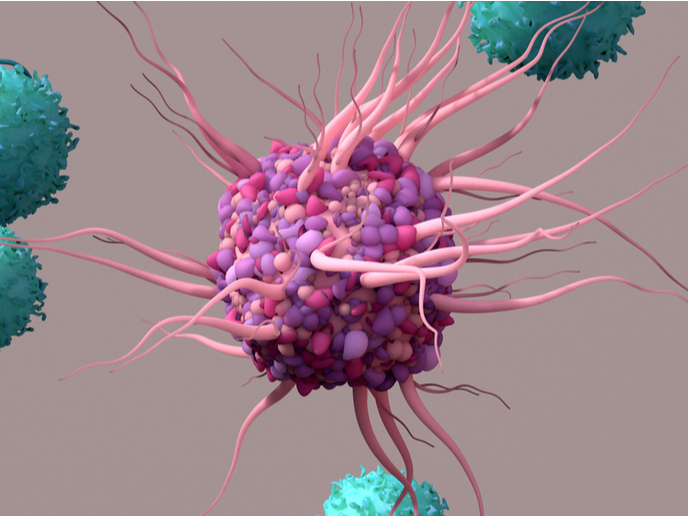New insights into the function of fast-spiking, parvalbumin+ GABAergic interneurons
Cortical neuronal networks are comprised of two types of neurons: Glutamatergic principal neurons and GABAergic interneurons. Although GABAergic interneurons numerically represent only 10-20 % of the neuronal population, they serve key functions in the network. However, in contrast to the substantial amount of information available on the subcellular signalling properties of pyramidal neurons, little was known about the properties of GABAergic interneurons. Enter NANOPHYS. Using cutting-edge subcellular patch-clamp methods in brain slices, imaging techniques and computational approaches, the EU-funded project created a complete picture of both the cellular and subcellular properties of the fast-spiking, parvalbumin-positive (PV+) GABAergic basket cell. ‘By incorporating realistic basket cell models into dentate gyrus network models, we are now able to test the contribution of this important type of GABAergic interneuron to complex functions of the dentate gyrus, such as pattern separation and conversion from grid to place codes,’ says NANOPHYS Principal Investigator Peter Jonas. ‘Our findings may lay the basis for the development of new therapeutic strategies for treating diseases of the nervous system, targeting interneurons at defined subcellular locations.’ A breakthrough conclusion Although a minority cell type, GABAergic interneurons are vital for normal brain function because they regulate the activity of principal neurons and generate rhythmic activity in the brain. If interneuron function is affected, higher brain functions can be impaired, resulting, for example, in seizures. Through the extensive work of the NANOPHYS project, PV+ interneurons have become one of the best characterised neuron types in the entire brain. ‘10 to 20 years ago much more was known about glutamatergic principal neurons than about GABAergic interneurons,’ says Jonas. ‘Now the situation is almost reverse and research on principal neurons will need to catch up.’ Research has shown that PV+ interneurons can convert an excitatory input signal into an inhibitory output signal within a millisecond or less. However, prior to NANOPHYS, it was unclear how these signalling properties were implemented at the molecular and cellular levels, or how they led to complex network functions. The project’s major conclusion is that PV+ interneurons operate as fast signalling devices, and that several molecular and subcellular specialisations generate this property in combination. ‘The specific involvement of PV+ interneurons in fast network oscillations demonstrates that these neurons make use of their fast signalling properties in the intact network in vivo,’ explains Jonas. These results fundamentally change our way of thinking about the function of GABAergic interneurons. Long-term benefits According to Jonas, the project’s findings may have far-reaching implications for clinical science and medicine. ‘Accumulating evidence suggests that PV+ interneurons not only play an important role in the physiological activity of the hippocampal network, they also appear to be involved in several brain diseases, such as schizophrenia, autism, epilepsy and neurodegenerative diseases,’ he says. ‘Thus, the results obtained in NANOPHYS may, on the long-term scale, help to develop new therapeutic strategies for these brain disorders.’
Keywords
NANOPHYS, brain disorders, GABAergic interneurons, PV+ interneurons







